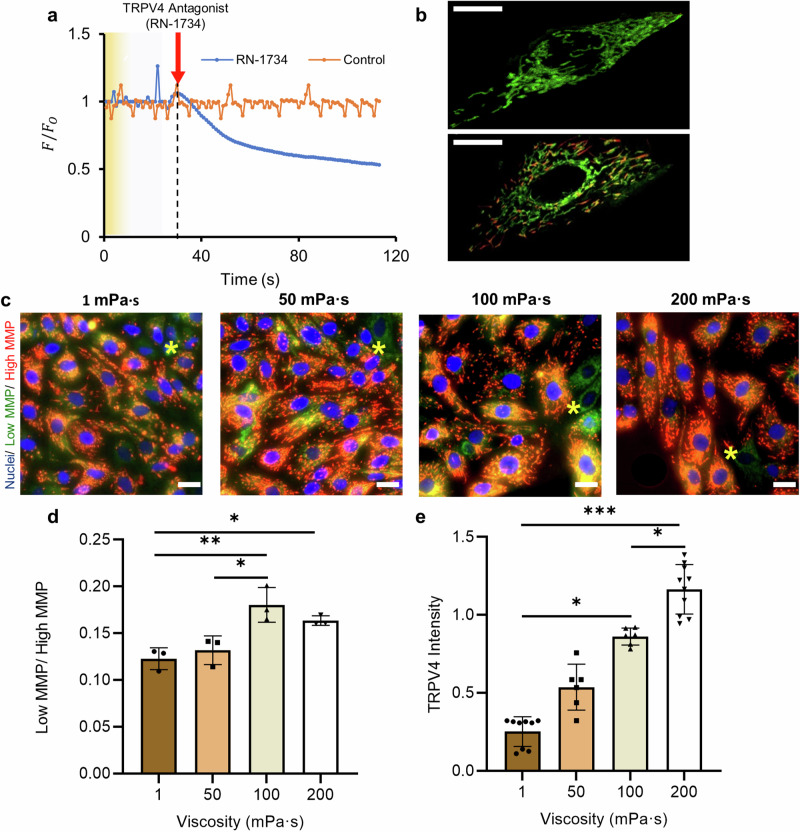Fig. 5. Effects of viscous loading on intracellular calcium uptake, mitochondrial membrane potential and TRPV4 expression.
a Calcium uptake expressed as the ratio of F/F0 over 120 s for cells treated with control or RN-1734 (to block the TRPV4 channel) as compared with a control group of untreated cells. F is the instantaneous fluorescence intensity and F0 is the baseline intensity. b The zoomed-in view for a low MMP cell with JC-1 monomer (top) and a high MMP cell with JC-1 aggregate (bottom). Scale bar, 10 µm. c Representative overlaid immunofluorescence staining images of epithelial cells stained with JC-1 at 72-h time point as a function of culture media viscosity. JC-1 monomers and aggregates were imaged in green and red channels, respectively. The asterisks (*) indicate cells with low mitochondrial membrane potential (MMP). Cell nuclei were stained using blue-fluorescent Hoechst 33342. Scale bar, 20 µm. d The ratio of low MMP (green) to high MMP (red) cells as a function of culture media viscosity, indicating the degree of depolarization. Experiments were carried out on n = 3 from three biological replicates and ≥ 200 cells for each condition were analysed. e TRPV4 fluorescence intensity (TRPV4 activated channels) in cells as a function of culture media viscosity, n ≥ 6 images from three biological replicates per each condition. All data are represented as mean ± s.d. and analysed using one-way ANOVA with Tukey post hoc testing, *P ≤ 0.05, **P ≤ 0.01, ***P ≤ 0.001. For exact P values see Supplementary Table 3. Source data are provided as a Source Data File.

